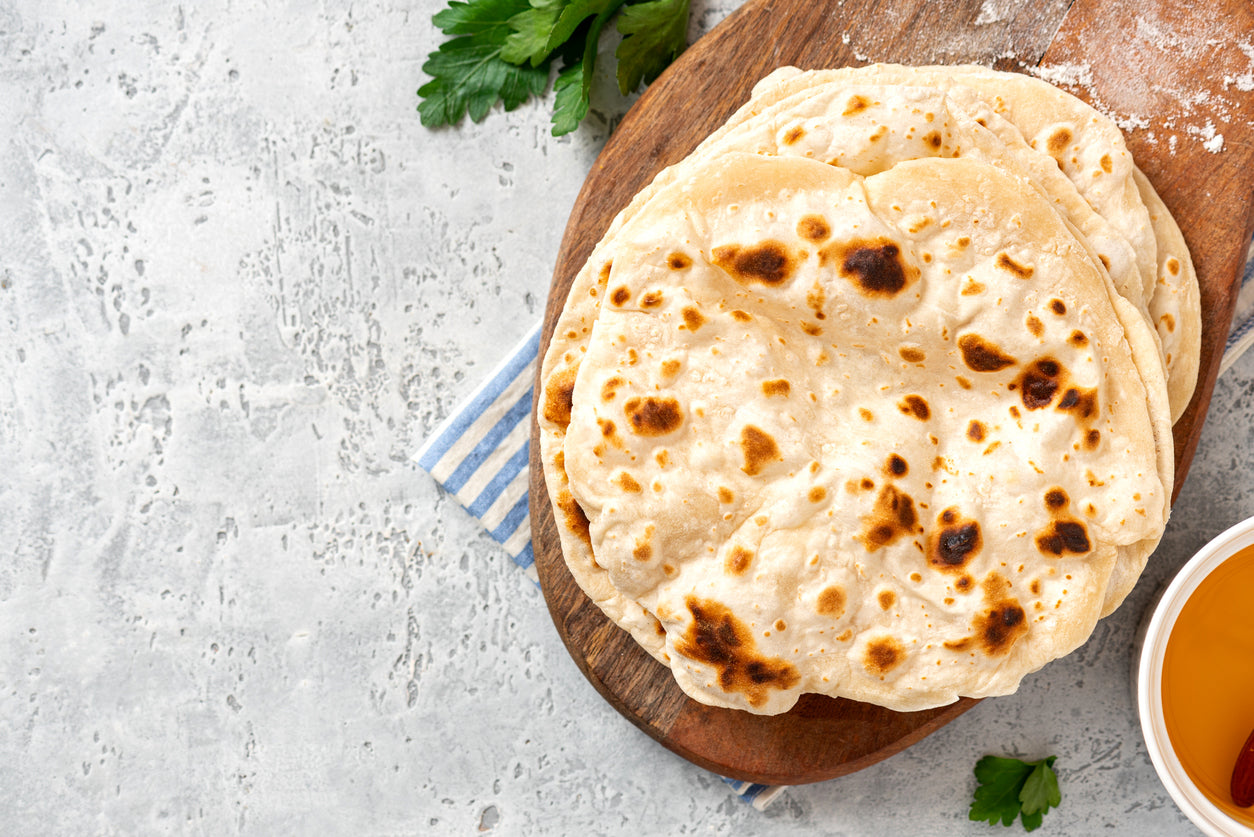Heading into the holidays, I always blow my food budget. And with many food items food being more expensive now than last year, the over expenditures will only go up.
But even outside the holidays, it's difficult to stay on budget. When you go to the grocery store and are faced with the option of buying twice the amount of a conventional veggie vs. an organic one, it makes you think.
So in this blog article, I give five tips I use to eat healthy on a budget.
1. Eat at home. For most of you, this is something you already do. But eating out or eating takeout is just plain expensive. Cooking at home allows you to have more control over the ingredients you use and portion sizes you create. The two most significant things I can think of off the top of my head are being able to use organic ingredients, and knowing what oils you use. Even the best organic restaurants cannot use the best coconut or avocado oils to cook with.
2. Buy in bulk. I buy bulk, dried fruits, rice, beans, lentils, and oats. And when you buy in bulk, the price is often a fraction of when you buy small portions. For example, 50 pounds of oats cost $0.08 per ounce vs $0.56 when you buy one pound. That said, I did find 8 pounds of organic rolled oats on Amazon for $.12 per ounce, which is really good. So always look around!
I split these with another family and stored them in 5-gallon buckets. I also have a collection of 1-gallon pickle jars that I collected from our local burger restaurant chain Five Guys. These smaller containers allow for easier access to bulk foods.
Buy your beef in bulk too.
Not too long ago, I attended a nose-to-tail eating conference at Polyface Farm. Leaving there, I was convicted that I needed to source a grass-fed, grass-finished cow. This did not take long as a friend texted me that she knew of a farmer nearby who had half a cow available. This means about 250 pounds of beef after it’s butchered and aged at around $6 per pound for everything from filet to ground beef. This is compared to the Nature Rancher grass-fed ground beef is $8.49 per pound at my local store.
Since nobody has huge amounts of freezer space, I quickly reached out to eight people to split the meat with me. This means we each have around 30 pounds of meat to freeze, which is very doable.
2. Buy meat with bones and make broths. You can buy a whole chicken and make several meals out of it. If you do this, throw the bones in a pot and make a broth. Broths are very high in protein and are very nutritious. You can drink them as a meal, or use them as a base for soups. You can also make broths from beef bones and fish bones. If you live near the ocean, you may be able to get the fish bones for free. And with this cow I’m getting, I’ll make sure to get the bones to make a broth. If you’ve never done it, this video does a good job of walking through the process.
3. Go at the end of the farmer’s market. Farmers who don’t want to carry home products tend to discount them. Even if they don’t discount them, you can take the opportunity, after the rush, to get to know them and ask questions. How do they control bugs if they don’t spray? Essential oils? Diatomaceous earth? Do they rotate crops? Do they care about soil regeneration? Many farmers love to talk about what they do.
4. Buy the cheapest cuts of meat and braise them. These are often called “stew meats,” and are tough because they have lots of collagen in them. Sear the outside of the meat by placing it in a frying pan on high heat. You can tenderize the meat by placing vegetables (carrots, onions, celery) at the bottom of a cast iron pot, adding water so that the veggies are almost covered, and placing the meat on top of the veggies. Add your favorite spices like salt and pepper and garlic then place the oven at 150-170°F to slow cook the contents over 4-8 hours.
5. Plant a Victory Garden. Victory Gardens were small vegetable, fruit, and herb gardens planted at private residences and public parks during WWI and WWII to supplement rations and boost morale. If you don’t have a backyard, check for a community garden space near you.
If you live in an urban setting or are intimidated by a garden, you can start with planting lettuce in a wine barrel, as described here. It will take three weeks before the first harvest and you can eat off of it for months.
Typical Victory Gardens have things like onions, kale, lettuce, beans, cabbage, cucumbers, beets, corn, peas, and potatoes.
Since we're past garden season, an easy and cheap way to supplement your veggies is to sprout or grow microgreens. With many seeds, you can have a crop within 3-7 days!
And, along with this note of gardening, eat fruits and vegetables that are in season. This will help keep prices down.
Bonus tip: Make enough for leftovers when you are cooking. Mara would always make enough food to serve a small army. This provided the opportunity to reheat stuff quickly and minimized eating out when we were too tired to make a meal at the end of the day. But if you don’t eat leftovers or forget about them, this tip will not be cost-effective.
Lastly, this site has meal planning app suggestions for everything from organizing leftovers to meal prep on a budget. I haven’t used any of them, but just downloaded Paprika to try.









0 Comment